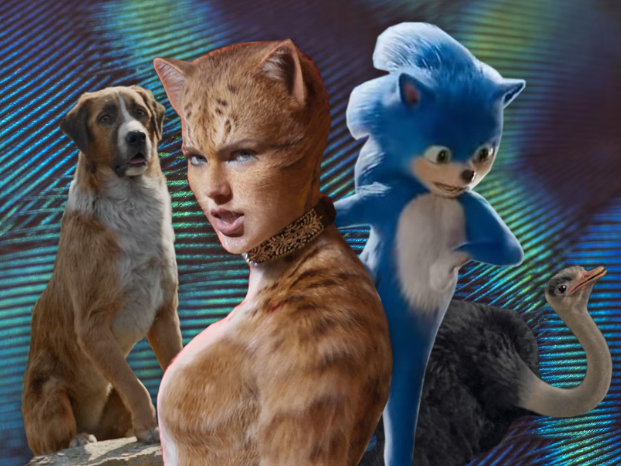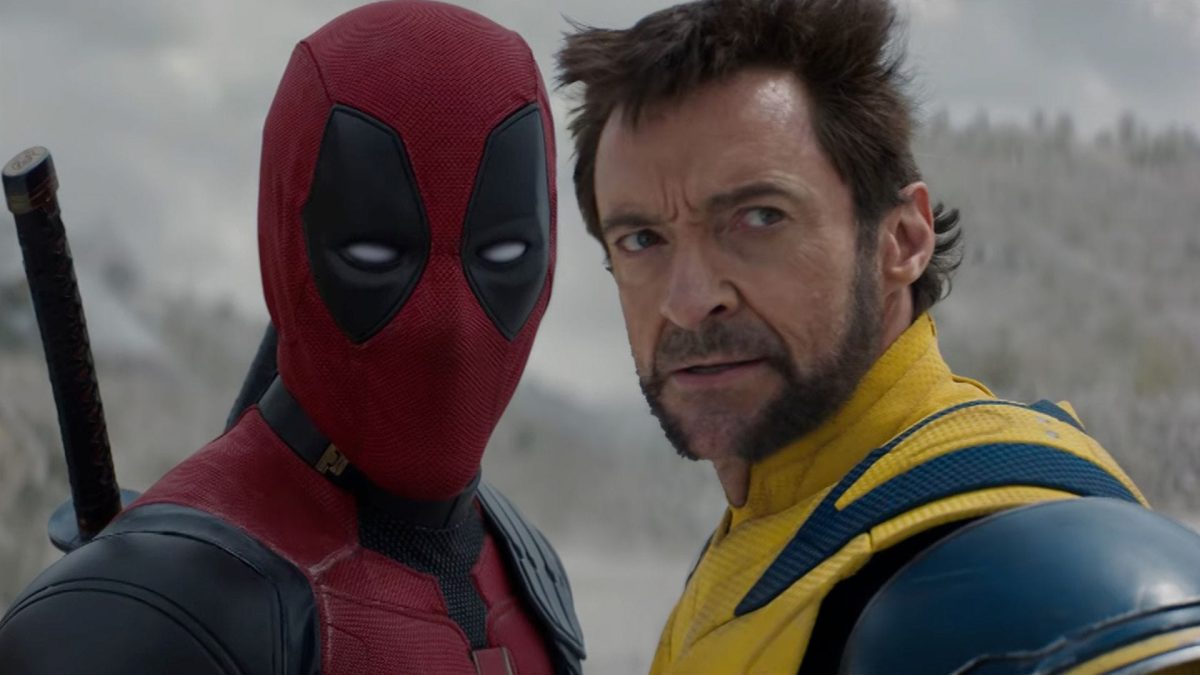The evolution of computer-generated imagery (CGI) has been nothing short of remarkable. From the iconic dinosaurs in “Jurassic Park” to the breathtaking battles in “Avengers: Endgame”, CGI has become an integral part of modern filmmaking. However, as technology advances, there is a growing concern among cinephiles and industry professionals that CGI has lost its touch, becoming a mere substitute for creativity and craftsmanship. In this piece, we’ll delve into the reasons why it seems CGI has taken a step backward in recent years.
One of the major criticisms leveled against modern CGI is the phenomenon known as the “uncanny valley.” With advancements in technology, filmmakers can create hyper-realistic characters and settings. However, there is a fine line between realism and the creepy, unsettling feeling that arises when a CGI creation is just a little too close to reality. For example the live action “Cats” movie or the “Sonic the Hedgehog” 2020 movie before his redesign. The CGI in those movies are not pleasing to look at which is why this has become a complaint among audiences. CGI should be appealing to look at, not hard to look at depending on the type of genre the movie is of course.
Furthermore, there seems to be an overreliance on CGI in contemporary cinema. Filmmakers often resort to CGI to create elaborate action sequences or fantastical worlds, neglecting the importance of practical effects and set design. This overuse of CGI can result in a loss of authenticity and immersion for the audience, who can easily spot the digital manipulation.
Another reason for poor CGI are deadlines. Studios and filmmakers are under immense pressure to meet tight production schedules and deliver visually stunning films. This has led to a decline in the artistry and attention to detail that once defined the craft of CGI. Filmmakers should take their time when making their movie. The longer the production the better the movie. But with no time, CGI is often rushed, resulting in subpar visual effects that fail to live up to audience expectations.
Yet with time CGI has become more accessible to use with new tech and programs. But with new tech and programs come financial problems. The demands for bigger, grander spectacles often come with exorbitant costs. Consequently, studios may cut corners, opting for cheaper CGI solutions that compromise the overall quality of the final product. This economic shortcut can stifle innovation and prevent filmmakers from what CGI can truly achieve.
CGI has undoubtedly revolutionized the world of filmmaking, allowing for the creation of stunning visuals that were once unimaginable. However, as the technology becomes more prevalent, there is a danger of losing the artistry, craftsmanship, and attention to detail that made practical effects so revered. The uncanny valley, overreliance, time constraints, and budgetary concerns have all contributed to a decline in the quality of CGI in recent years. To reclaim the better use of CGI, filmmakers must find a balance between quality over quantity, and audiences must demand a return to the artistry that made cinema truly captivating. Only then can CGI become what it was back then.










Aksel • Dec 30, 2024 at 6:52 pm
real.
K Kotasek • Oct 31, 2024 at 2:37 pm
I agree that along with most technology by advancing CGI has become to much of a dependence, leaving the original artistry of a niche medium to the dust. CGI was meant to be a step up from stop motion but forgot it’s place and tried to replace the necessary humanity of a good live action film.
Noah Mathias • Oct 29, 2024 at 1:15 pm
CGI has certainly declined. It’s so sad that studios must make compromises on CGI. You can see that they took their time and paid attention when you look back at CGI from years ago. If they took their time and were thorough, just think of what CGI might look like today.
Joshua Huff • Oct 29, 2024 at 1:02 pm
I totally agree with your take on modern CGI. As I have gone back and watched some older movies where practical effects were used instead of CGI I have learned to appreciate this older method. I think practical effects allow for much more interesting moments as there’s something special about the realism of it all. CGI definitely has faltered in recent years and I’m honestly hoping to see the return of practical effects in big budget films!
Anonymous • Oct 29, 2024 at 10:03 am
CGI has definitely gone down hill. It’s such a shame that studios have to cut corners on CGI. Looking back at CGI from years ago you can see that they paid attention and took time. Imagine what CGI could look like if they took time and paid attention to detail.